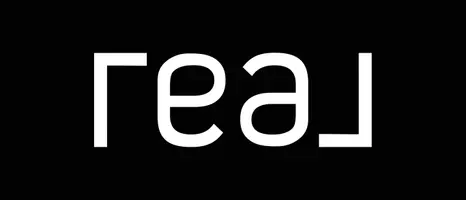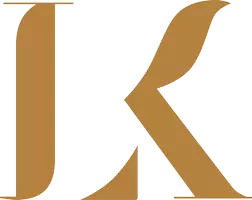Avoiding the Overpricing Trap: How to Price Your Home to Sell (Not to Sit)
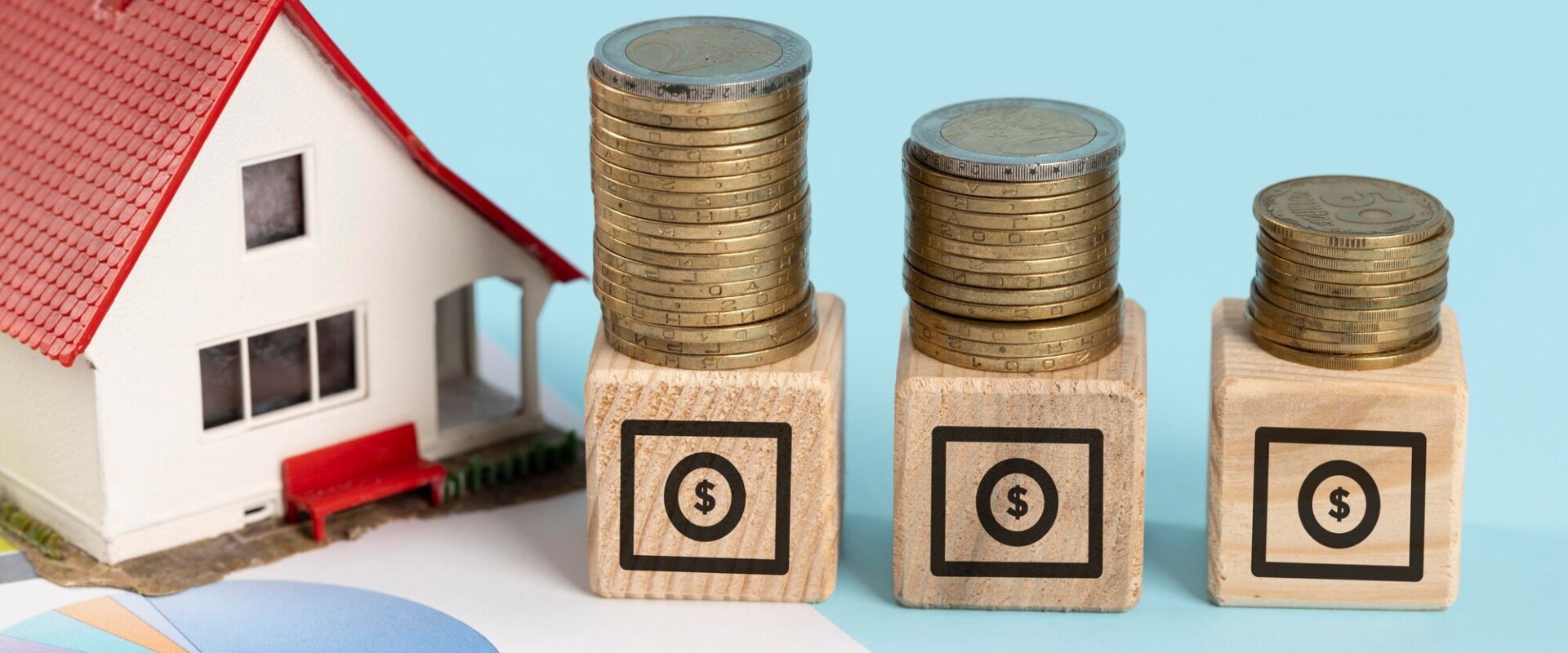
If you’re thinking of selling your home, it’s tempting to shoot high and “just see what happens,” right?
I get it—you want top dollar. You’ve put in work, you’ve got memories, and Zillow might’ve whispered a flattering number in your ear.
But here's the thing...
Overpricing your home is one of the fastest ways to lose money in real estate.
Sounds backwards? Let me break it down.
What Happens When You Overprice?
When your home hits the market, it gets the most attention in the first 7-10 days. This is your grand debut - your “red carpet” moment. If you're overpriced, buyers scroll past it.
Or worse they compare your home to others in the same price range and think yours doesn't stack up.
What happens next?
You drop the price.
Then you wait.
Then maybe drop it again.
Now buyers wonder what’s wrong with it. You’re officially “stale,” and you're chasing the market instead of leading it.
The Hidden Cost: Holding Costs
While you're waiting for that “perfect buyer,” the market is moving on—and you're still paying:
-
Mortgage
-
Taxes
-
Insurance
-
Utilities
-
Lawn care or HOA fees
Let’s say your holding costs are $2,500/month and you sit on the market 2 extra months…
That’s $5,000 out of your profit—not including price reductions.
How to Avoid Overpricing (and Regret)
Here’s how smart sellers price it right from the start:
1. Use a Local, Data-Driven CMA
A Comparative Market Analysis (CMA) shows what similar homes nearby have actually sold for, not just what they're listed for. That’s your pricing blueprint.
Pro Tip: I give my sellers a side-by-side breakdown of sales, days on market, upgrades, and buyer demand trends so they feel confident, not confused.
2. Be Realistic About Upgrades
Not every upgrade gives you a dollar-for-dollar return. That kitchen reno? Buyers will love it. The $8,000 custom closet? Nice bonus—not a value booster.
Focus on what adds perceived value, not just what cost you money.
3. Study the Local Market, Not the Headlines
What’s happening nationally doesn’t always reflect what’s happening in Mooresville, Charlotte, or Statesville. Pricing strategy is hyper-local and often changes month to month.
4. Think Like a Buyer
Buyers shop in ranges: $300–350K, $400–450K, etc. If you price your home at $455K when it should be $449K, you miss the entire pool of buyers searching under $450K.
It’s like hiding your house from the people most likely to love it.
5. Let Strategy Lead Emotion
It’s your home, yes—but the market doesn’t price based on memories. It prices based on value, condition, timing, and competition.
Let facts guide the price. Let emotions drive the move.
Overpricing can cost you time, attention, and money.
Pricing right is not about giving your home away it’s about positioning it to sell for the best possible price in the shortest time.
And that’s where I come in.
If you’re even thinking about selling in the next few months, let’s chat.
I’ll run the numbers, walk you through the strategy, and make sure you’re set up to win—not wait.
Categories
Recent Posts

Why Smart Sellers Don’t Chase the Market

Avoiding the Overpricing Trap: How to Price Your Home to Sell (Not to Sit)
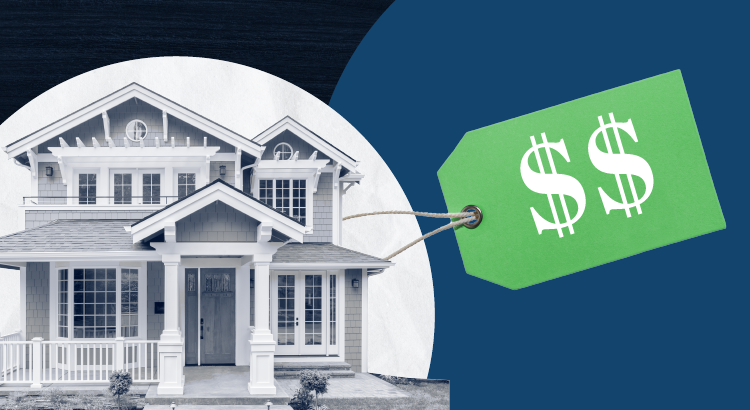
Why Sellers Want to Overprice (and Why That’s a Risky Move)

Wakefield Village: Troutman’s Biggest Project Yet—and Why Statesville, Mooresville, & Beyond Should Pay Attention

The Best Neighborhoods to Buy or Rent In (or Around) Charlotte, NC
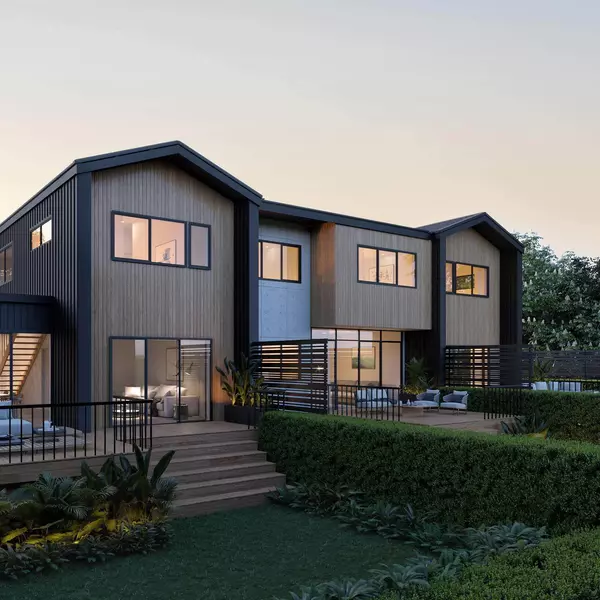
The Charlotte Real Estate Market Is in a Weird Spot—Here’s How to Win Anyway
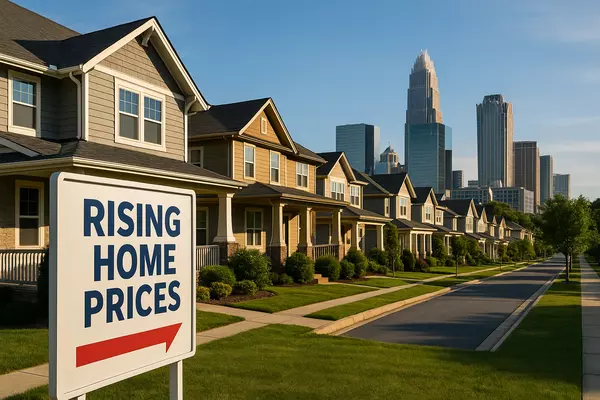
Charlotte Home Prices Are Rising—Here’s What First-Time Buyers & Sellers Need to Know

When Is the Best Time to Sell Your Home in the Charlotte Metro Area?
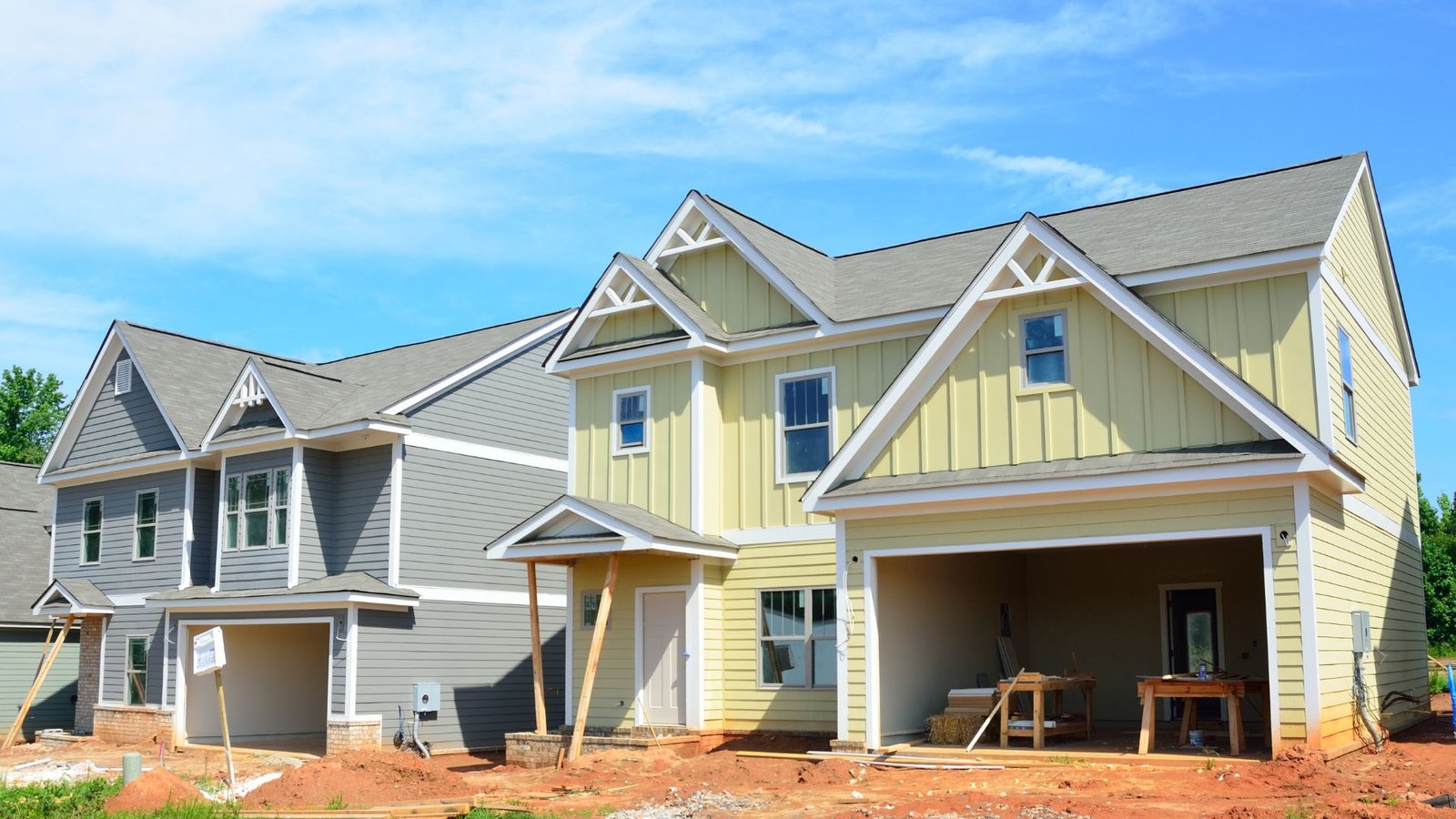
Understanding the New Construction Market in Charlotte: What Buyers Need to Know
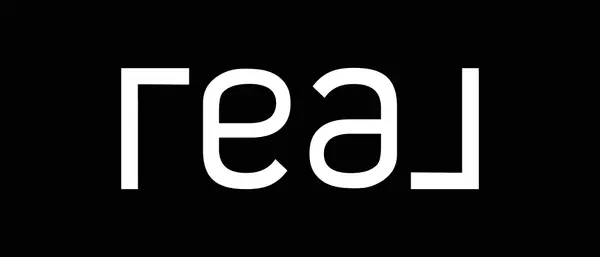
How to Successfully Relocate to Charlotte: A Buyer and Seller’s Guide
